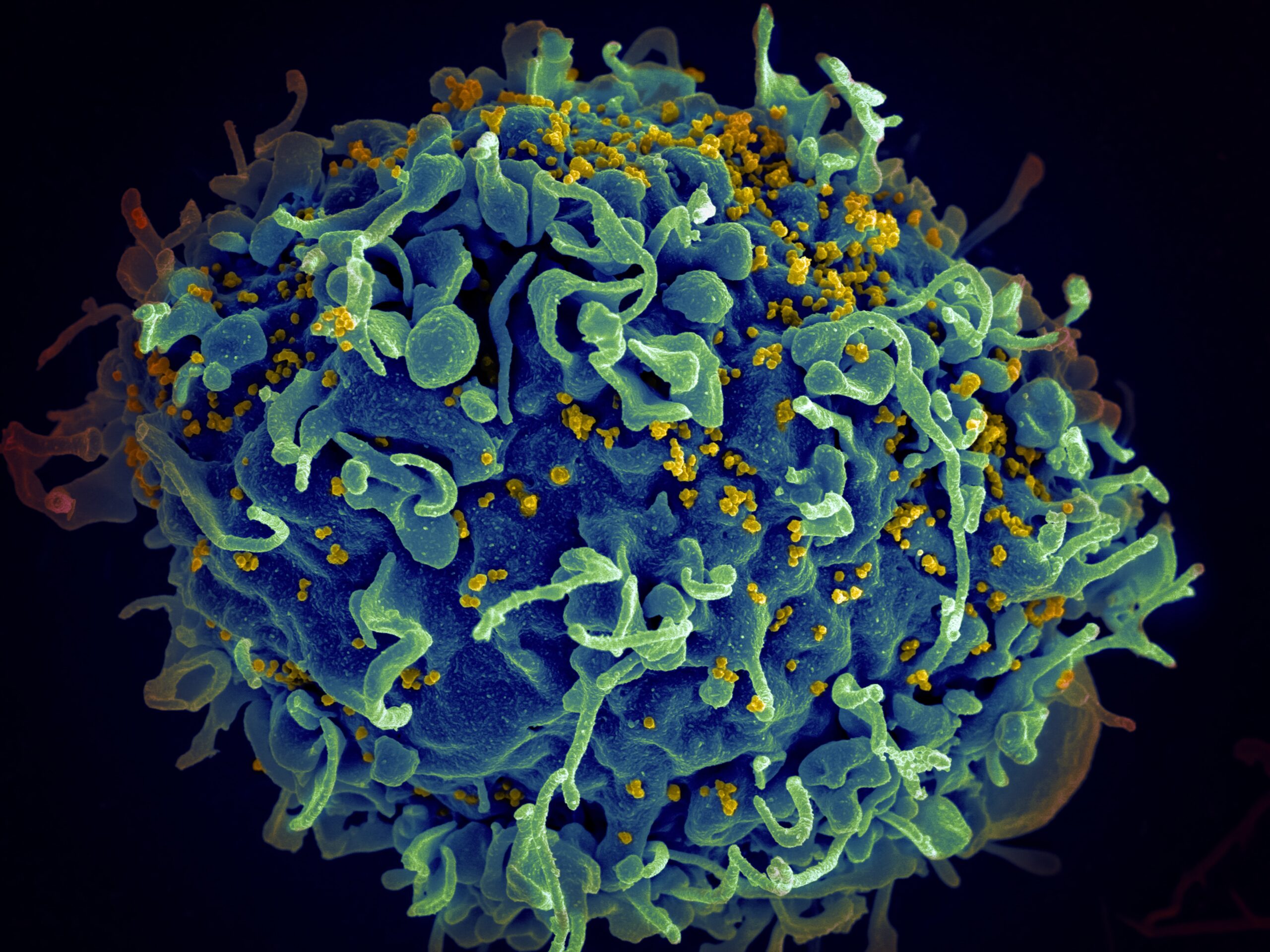Last Updated on December 29, 2023 by admin
Introduction
Human Immunodeficiency Virus (HIV) is a serious health condition that affects millions of people worldwide. It weakens the immune system, making individuals more susceptible to infections and diseases. Early detection and timely treatment are crucial in managing HIV and preventing its progression to Acquired Immunodeficiency Syndrome (AIDS). In this article, we will explore the symptoms of HIV infection, the importance of HIV testing, and methods of HIV detection.
Symptoms of HIV Infection
HIV infection symptoms can vary from person to person. Some individuals may experience flu-like symptoms, such as fever, fatigue, sore throat, and swollen lymph nodes, within 2-4 weeks after exposure. However, it is important to note that not everyone will exhibit these symptoms. Some individuals may remain asymptomatic for years.
HIV Testing
HIV testing is crucial for early detection and prompt medical intervention. There are various testing methods available, including:
- Antibody Tests: These tests detect HIV antibodies in the blood or oral fluid. They are highly accurate and can detect HIV infection after the initial seroconversion period (usually 3-12 weeks after exposure).
- Antigen Tests: These tests detect the presence of HIV antigen (p24 protein) in the blood. They are effective in detecting early HIV infection, even before antibodies are produced.
- Nucleic Acid Tests (NAT): These tests directly detect the presence of HIV genetic material (RNA or DNA) in the blood. They are highly sensitive and can detect HIV infection within a few days of exposure.
HIV Detection
In addition to testing, healthcare professionals may use other methods to detect HIV, such as:
- Viral Load Testing: This test measures the amount of HIV RNA in the blood. It helps monitor the effectiveness of antiretroviral therapy (ART) and assess the progression of the disease.
- CD4 Cell Count: This test measures the number of CD4 cells (a type of white blood cell) in the blood. It provides insights into the immune system’s health and helps determine the stage of HIV infection.
It is important to consult healthcare professionals for accurate diagnosis and appropriate treatment options. Early detection and timely intervention can significantly improve the quality of life for individuals living with HIV.
References:
1. Centers for Disease Control and Prevention. (2021). HIV Basics. Retrieved from https://www.cdc.gov/hiv/basics/index.html
2. World Health Organization. (2021). HIV/AIDS. Retrieved from https://www.who.int/news-room/fact-sheets/detail/hiv-aids

